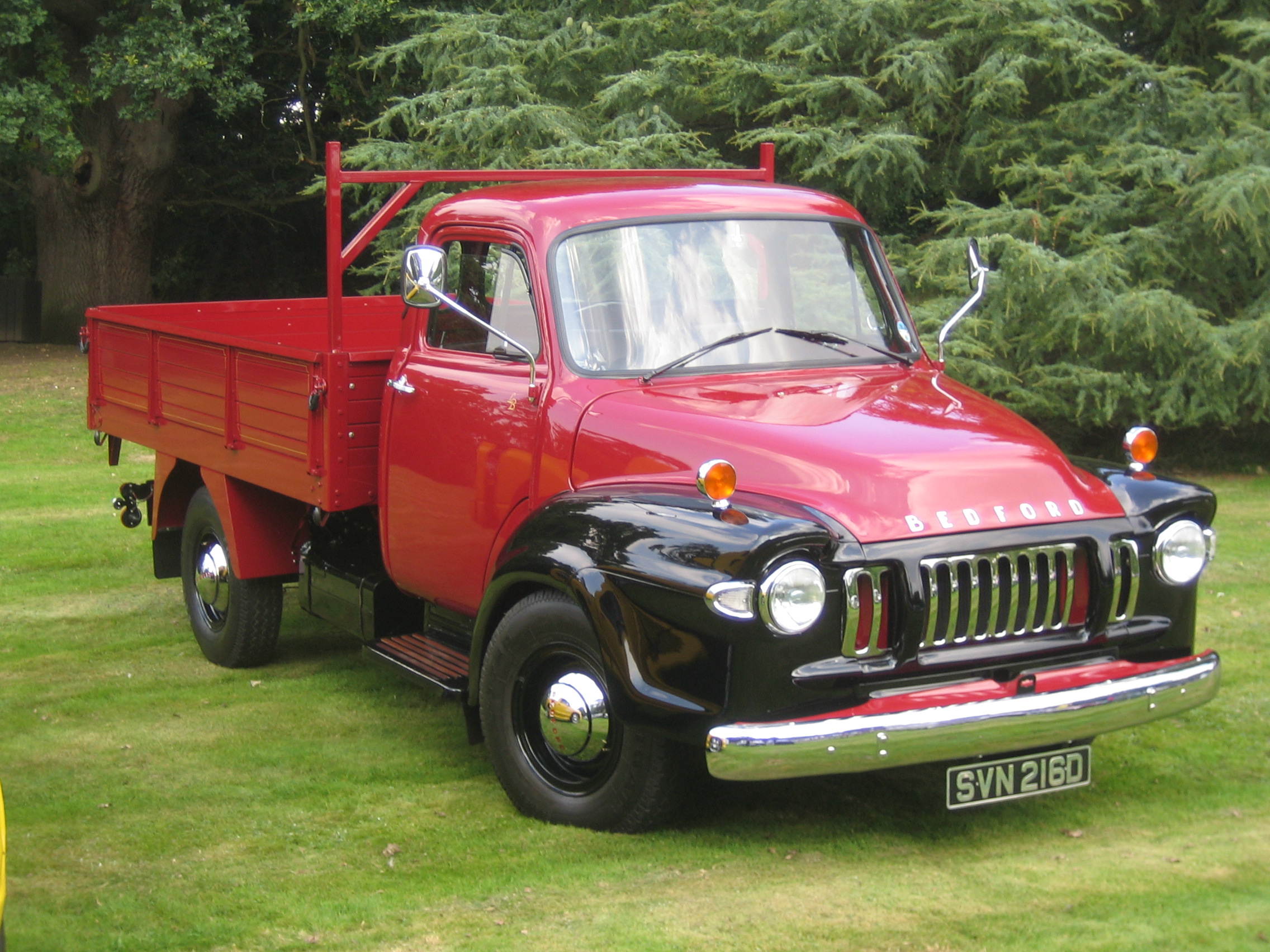Younger generations probably don't have a clue, but if you're old enough, you’ll remember those good old trucks and buses with the "Bedford" badge. This company lasted for nearly six decades, and it certainly left a decent mark in automotive history, including Australia, where it released the CFL and CFS models.
So, let's take a quick tour and see what kinds of Bedford vehicles were available in Australia.
Brief History
Before we start with models, let's start with a few words about GM's subsidiary company that the younger generation may not know much about.
Back in the 1920s, GM sold and exported commercial vehicles to the UK, thanks to the fact that many parts were produced in the company's assembly in Canada. For this reason, GM was eligible for the so-called Imperial Preference, an act favouring products from the Empire.
To improve its position in the UK market, GM purchased Vauxhall, an already well-known and established company at the time (1925). Shortly after, production began, and in 1931, GM established the Bedford brand, an entity responsible for their lineup of commercial vehicles.
Sales in Australia started a few decades later, with models like S and CA trucks, which were assembled in Australia’s Holden factory. The first models introduced under the Bedford badge in Australia were models from the smaller CF Series. Two variants were offered, the CFS and CFL cargo and passenger vans.
Design
The CF models were introduced in 1970. These two Bedford truck models (CFS and CFL) were introduced in 1970, and they were available Down Under until 1981. For all those years, there were some changes but not too many, even in the powertrain department.
The Bedford CF was imagined as a light van, a direct competitor to the Ford Transit, the class leader at the time. So, we saw two iterations on offer – either cargo or passenger van. One was named CFS; the other was CFL. Both models featured the same overall design based on the same platform, with a longitudinally mounted engine and rear-wheel drive.
People used these Bedford vehicles in various industries, such as delivery, transportation, construction, and emergency services. The vans served these purposes well, thanks to a fully framed design with a ladder chassis, lending them a rigid and robust structure.
Not only that, but Bedford trucks also featured two longitudinal rails, allowing for versatility in body styles. No wonder, you’d see this model in various fields.
Dimensions
Both Bedford models were released in Down Under between 1970 and 1981, but it’s still possible to search the market for used Bedford vehicles for sale in Australia today.
Both the CFS and CFL models are light and manoeuvrable, but they differ in dimensions.
The CFS is smaller, lighter, and easier to handle. It has a wheelbase of 2692mm and a pretty impressive 11-metre turning cycle.
The CFL is a stretched version of the truck, with a 3000mm wheelbase and a wider turning circle of around 13 metres. It was heavier by 180 kg, with a kerb weight of 1390kg compared to 1210kg of the CFS.
Suspension and Brakes
Like the rest of the mechanics, the suspension and brakes are typical for the era and type of vehicle.
While the CFS and CFL weren't revolutionary in any aspect, their front end uses independent suspension, coil springs, and shock absorbers, so the ride is relatively smooth.
Considering the vehicle's primary purpose, the rear suspension features leaf springs. Some variants also have self-levelling rear suspensions to serve various purposes, including delivery and transportation, construction, and emergency services.
These lightweight vans use hydraulic brakes, with drums on the rear end and disc brakes at the front.
Engines
Considering the difference in size, these two Bedford truck models were offered with different engines. The smaller CFS was equipped with a modest 2.0-litre inline-four petrol engine (max output: 54kW; max torque: 121Nm) and came with a 4-speed manual gearbox.
However, the Bedford vehicles sales numbers weren’t all that great, so the company tried to improve this model with a new engine in 1974. The company introduced a new 2.8-litre inline-six petrol engine (max output: 61kW; max torque: 173 Nm) and the same 4-speed manual gearbox.
On the other hand, the CFL was a bigger and more upscale version, with a bigger and more capable engine and optional automatic transmission. Still, that was only after 1978. Earlier versions had the same path as the CFS, with the initial inline-four engine and inline-six introduced in 1974.
In 1978, the company introduced a new 3.0-litre inline-six (max output: 71kW; max torque: 203 Nm) with a 4-speed manual gearbox but also offered an optional 3-speed automatic transmission.
Bedford CFS and CFL Today
Decades after the discontinuation, these vans are still very popular vehicles among enthusiasts, with a strong following in several forums and online communities. Fans of the old Bedford truck continue to connect with each other and enjoy sharing information, tips, stories, etc.
For that reason, CF models, as well as many other Bedford models that weren't sold in Australia, are pretty popular choices for a project car. It's easy to find information and replacement parts.
If you are one of these enthusiasts and need parts for your project vehicle, send us a query. We are sure we will find the parts you need in our network of wreckers at the best prices. If you want to advertise your old Bedford for sale, you can do it on our website, too. Check us out!
By Nebojsa Grmusa

